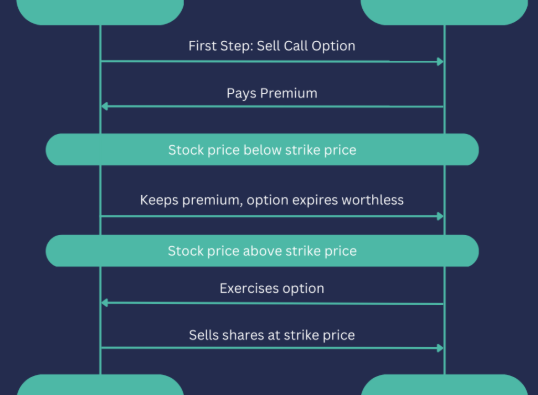
When it comes to investing, there’s a lot of misinformation floating around, and often, what we read in the media doesn’t reflect the real dynamics of the market. These common misconceptions can significantly impact the way we invest and influence how we view ourselves as investors. At Wealthstream Advisors, we regularly encounter these myths, so we’ve decided to clear the air and set the record straight. Here are five investment misconceptions we hear most often.
Myth 1: It’s risky to invest in stocks after a market high
You’ve probably heard it before: the media often warns about a market correction right after a new high. But the reality is that hitting a new market high doesn’t necessarily mean a downturn is imminent. In fact, if stocks are expected to rise over time—why wouldn’t there be frequent new highs?
Historically, after a market high, the S&P 500 has delivered impressive returns. For instance, from 1926 to 2020, the average one-year return after a new market high was 13.9%, and the returns were still strong over three- and five-year periods. This underscores why being in the market for the long haul is often more beneficial than trying to time it. Sure, it’s wise to have some cash on hand, but pulling money out after every market high can cost you over time.
Myth 2: Bonds are bad investments with low interest rates
Some investors believe that with interest rates so low, bonds aren’t worth holding. But what’s the alternative—leaving money in cash? Keeping your money in cash might seem safe, but it’s a slow way to lose wealth over time, especially when inflation outpaces your savings. Cash doesn’t grow, and it doesn’t keep up with rising costs of living.
Bonds, on the other hand, typically offer better returns than cash over the long term. Yes, the search for higher yield in areas like high-yield bonds, preferred stocks, or crypto lending may seem tempting, but these options often carry significantly more risk. And when it comes to bonds, which are usually a lower-risk portion of your portfolio, chasing higher returns can be dangerous.
Myth 3: I should never sell my concentrated position
Many investors hold onto concentrated positions—whether due to gains or a belief that a stock will recover from a loss—because they feel emotionally attached. But if you were to invest fresh cash today, would you buy that same position? If the answer is no, it might be time to reassess.
Concentrated positions, while potentially rewarding, also come with significant risk. Instead of holding onto them because of a past attachment, consider rebalancing your portfolio. Selling or trimming the position may not only help reduce risk but could also offer tax advantages if you sell at a loss to offset gains.
Myth 4: I’ve had success picking stocks, so I can keep doing it
We often hear investors claim they’ve done well picking stocks. While this might be true for a period, the reality is most individual investors—just like professionals—struggle to consistently outperform the market after accounting for fees and taxes.
Most people don’t compare their performance to appropriate benchmarks, and when they do, the actual return is often lower than they think. Studies show that even expert investors often fail to beat the market in the long run. The key takeaway is that the odds are stacked against most of us when it comes to active stock picking, and for the average investor, focusing on broad market diversification is usually a better strategy.
Myth 5: In retirement, I should focus only on dividend-producing investments
Many retirees think that focusing on dividend-paying stocks will generate the income they need. While dividends can provide income, they also limit your portfolio’s diversification and flexibility. Dividend income is subject to taxes, which could be higher than the taxes on long-term capital gains.
Moreover, a company offering a high dividend might not be the best choice for long-term growth. Often, appreciation—rather than dividends—drives better returns over time. A more balanced retirement strategy focuses on “total return,” which includes both growth and income, offering the flexibility to adjust your portfolio based on your retirement goals. By diversifying beyond just dividend-paying stocks, you’ll reduce risk and increase the potential for overall returns.
Conclusion
Investing is a long-term journey, and these common misconceptions can lead investors to make decisions that hurt their financial goals. By understanding the myths and focusing on a balanced, diversified approach, you’ll be better equipped to navigate the market with confidence. Keep these points in mind to avoid unnecessary pitfalls and make smarter, more informed investment decisions.









